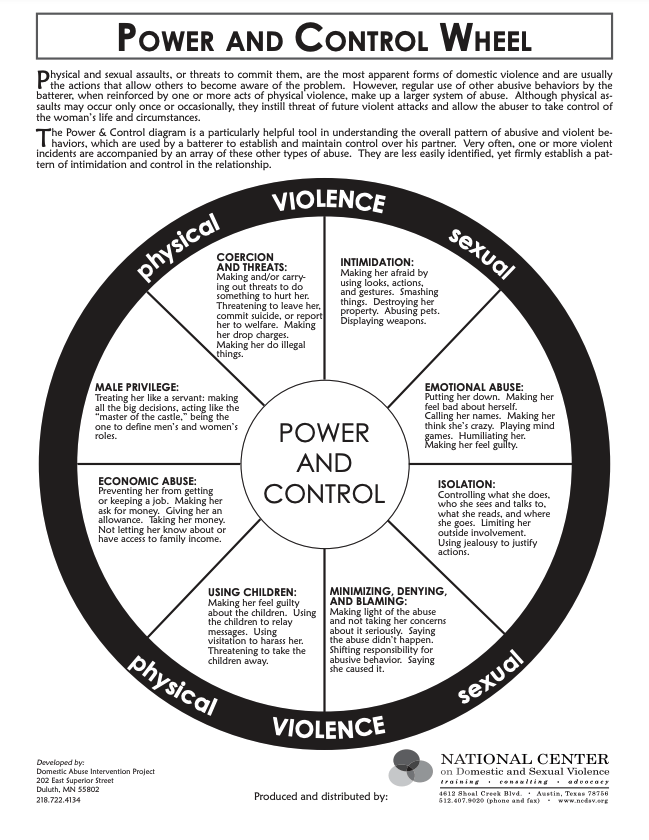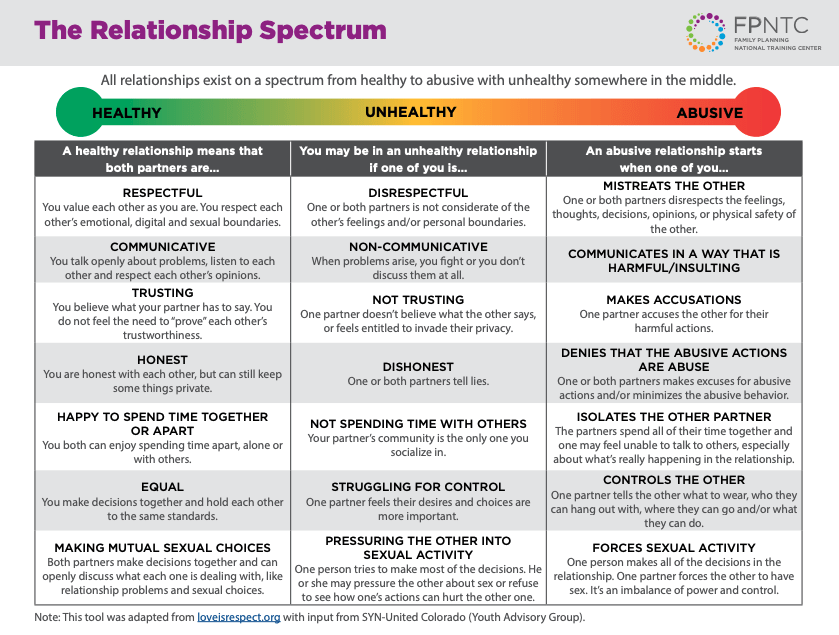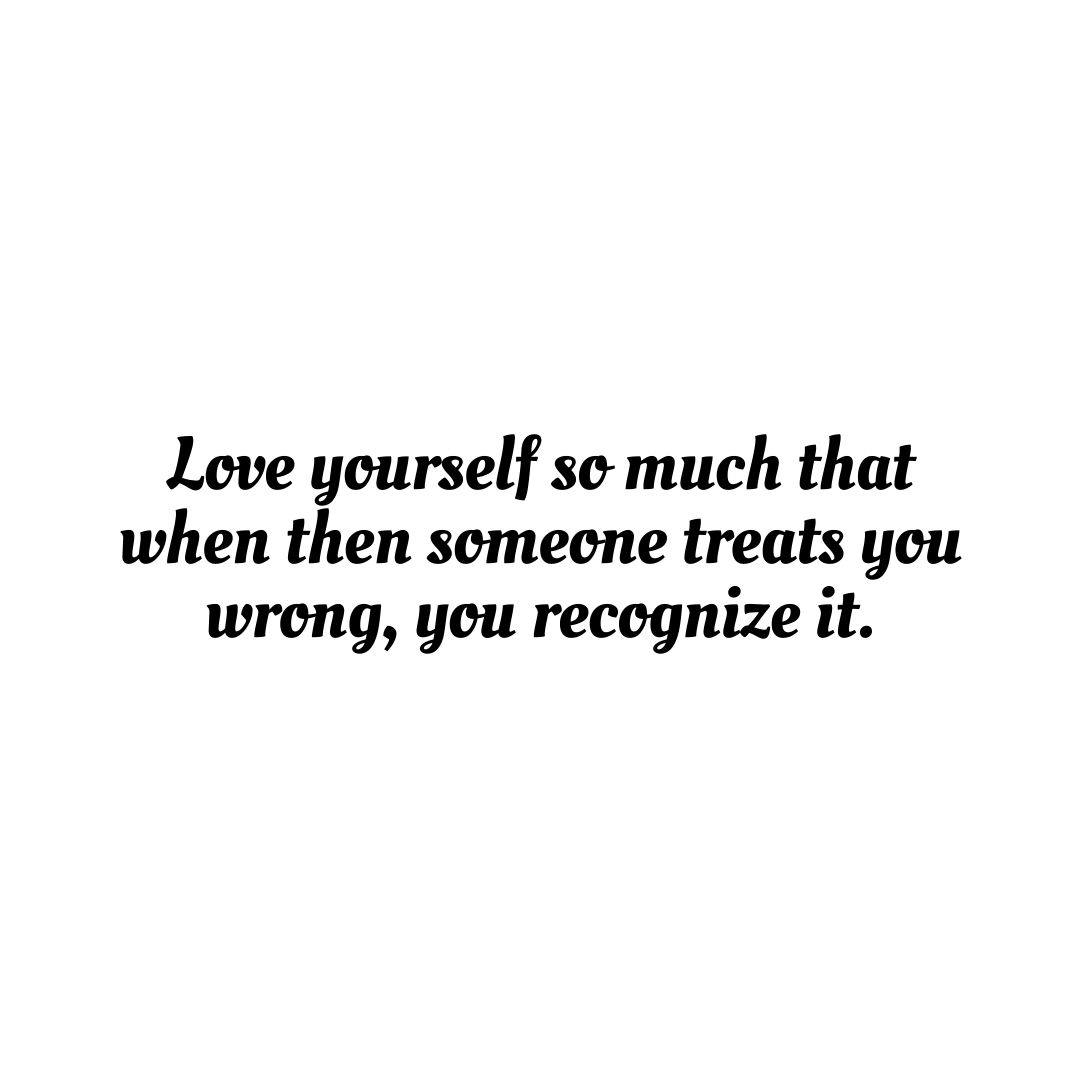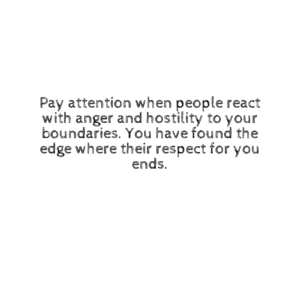Sometimes in our relationships, we can have a hard time recognizing mistreatment because it can be subtle. How many times have you looked back on a relationship and seen the red flags clearly, yet when it was actually happening you didn’t see it?
It can be easy for us to confuse intensity with intimacy. Let’s take a look at the difference between the two:
Intensity
Intensity in a relationship is marked by major highs and lows. These are much higher and lower than the natural ups and downs a healthy couple will experience in their relationship. There is a high level of uncertainty, but opportunity for higher reward or loss. These relationships can be fueled by unnecessary drama. One or both partners will place the other high on a pedestal and when anything goes wrong, the other is quickly thrown off the pedestal and they plummet into despair. When the couple reconciles, it’s like they experience a euphoria because things are “good” again. But what they are actually creating here are trauma bonds and a vicious cycle. It is based on dysfunction, not love.
If you experience extreme highs and lows in your relationship, you are likely experiencing intensity where one or both partners have a challenge of connecting with their partner in a real, intimate way. You can also tell if a relationship has intensity by how quickly the relationship progresses. There might be a fast progression to it where both partners are hyper focused on each other to the point where they aren’t spending time with other people anymore or they have abandoned hobbies that used to bring them joy.
Intimacy
Intimacy, on the other hand, is a relationship that takes time to evolve. This is where a true bond can be formed based on mutual trust and respect. Both partners are secure enough with themselves and the relationship to not demand that the other spend all their time with them. They encourage and support each other to be the best versions of themselves and expect the same in return. They don’t find other relationships or interests that the other has as threatening. This kind of relationship is marked by kindness and respect. There are normal highs and lows, but they aren’t extreme. Each partner is also able to be vulnerable, as one cannot experience real intimacy if they avoid vulnerability.
Many people confuse “being in love” with intensity. And while there is that initial sense of obsession in the beginning of a relationship, it is tempered by both partners still holding onto to themselves and their own interests and other relationships.
In relationships ruled by intensity, you will often find behaviors that appear on the Power and Control Wheel commonplace. Let’s take a look at the wheel:

Alternatively, in a healthy, intimate relationship, these are the behaviors that will be the norm:


You can also see in the relationship spectrum that there are many components of healthy, unhealthy and abusive relationships. And many behaviors in relationships can overlap in two or three categories. But this is a good guide to use to check in and see where things might be going off-track.
Take a look at your close relationships…What wheel do you and your partner’s behaviors fall? What can you both start doing today to build a healthy, intimate connection?




